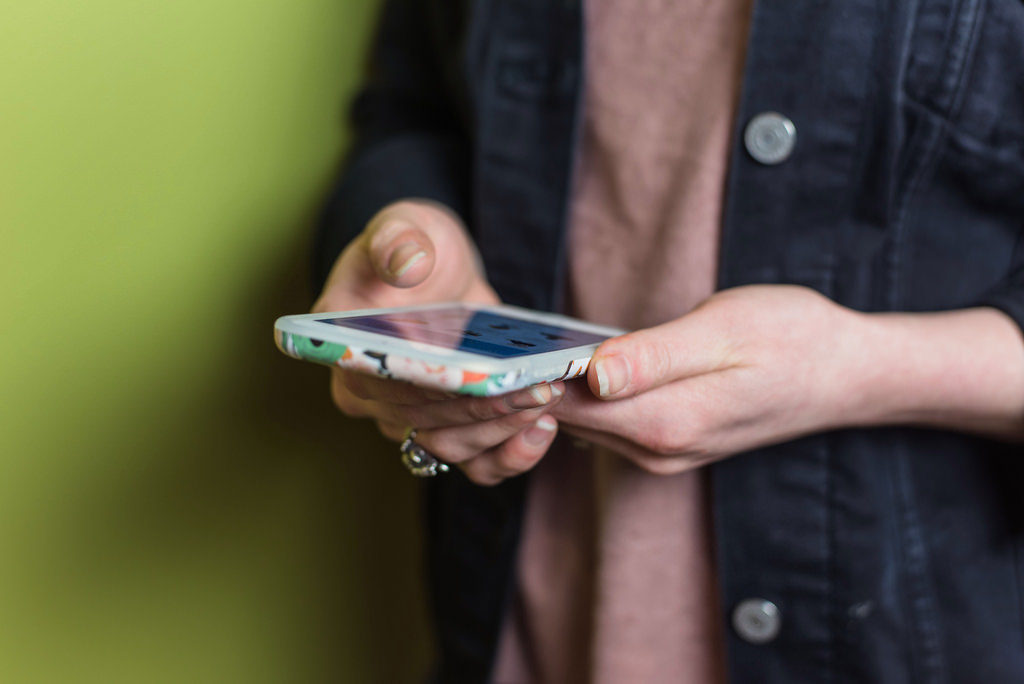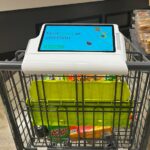
It can be frustrating to go shopping when you don’t have coupons for what you need. So what if you could simply request a coupon when you find something you’d like to buy, and it would be delivered right to your phone?
Could it be that easy? IBM thinks so.
Many stores have experimented with location-based, beacon-triggered mobile coupons that pop up on your phone as you shop. But the idea has not been widely adopted.
So IBM is proposing something different. Instead of having coupons pushed to your phone automatically based on what marketers and retailers want you to buy, IBM’s system would allow you to “pull” coupons to your phone based on what you want to buy.
The idea is described in a newly-published patent application. Currently, push-based mobile coupons “allow retailers and other advertisers to annoy users by spamming them with coupons and advertisements… at inopportune times,” the application reads. So IBM’s proposal “allows customers to easily ask for coupons they need without being provided unnecessary ones… by shaking the phone.”
Yes, in theory, it’s that easy – see something you like, but don’t want to pay full price? Just take out your phone and give it a shake.
If you have the retailer’s app installed, your phone will detect that it’s being shaken, and will send a request for any available mobile coupons to a central server. Beacons that track where you are in the store will narrow down the list of available coupons to products in your current location. Or you could take a photo of a specific item to narrow down the options even further.
So if you’re in the peanut butter aisle and are hoping for a discount, you can shake your phone or take a picture of a product to see if your preferred brand has a coupon available. Or you might receive a coupon for a competing brand. If you like the offer, you can redeem it when you check out. If you don’t, you can “shake the mobile device more violently” to indicate that you want a different offer.
The patent documentation describes a scenario in which the system could be put to use:
“Bob is in a grocery store near the cereal aisle. He uses his phone to take a picture of Quaker oats and, while displaying the picture, shakes his phone to request discount coupons. The local store server returns a message to the phone indicating there are currently no deals on Quaker oats. Bob shakes the phone twice to indicate he likes the item but not the deal. The local store server responds with a different brand of oats with a better deal (e.g., 30% off). Bob shakes the phone once to accept the offer.”
IBM adds another interesting wrinkle to its “shake-to-save” idea, in a separate patent application filed at the same time. This one would allow you to shake a product, in order to find out how much it costs.
This patent application describes a system in which “smart price tags” would be affixed to products. And the tag wouldn’t actually display any price, until you shook it.
That would allow retailers to change the price on the fly, depending on a number of factors like the current supply and demand for the product, the time of day, the crowd levels in the store, and so on.
In this case, “Vijay” might be shopping for water. He picks up a water bottle, shakes it, and the smart price tag shows a price of $1. “Vijay presses the ‘lock’ button to lock the price and picks the bottle up,” the patent application explains. Then he sees a premium brand he likes better, shakes it, and is shown a price of $2. So he locks in that price and puts the first bottle back.
But later, he changes his mind and picks up the first bottle again, shakes it, and finds that the $1 price is now $1.50. “The backend server has chosen to increase the price as quite a few other similar bottles have been sold within this time and the store currently has more customers,” the documentation reads.
So one invention would let you save money by shaking your phone, while the other could cost you money. If they both show up in your local store someday – here’s hoping you manage to come out ahead in the end.










